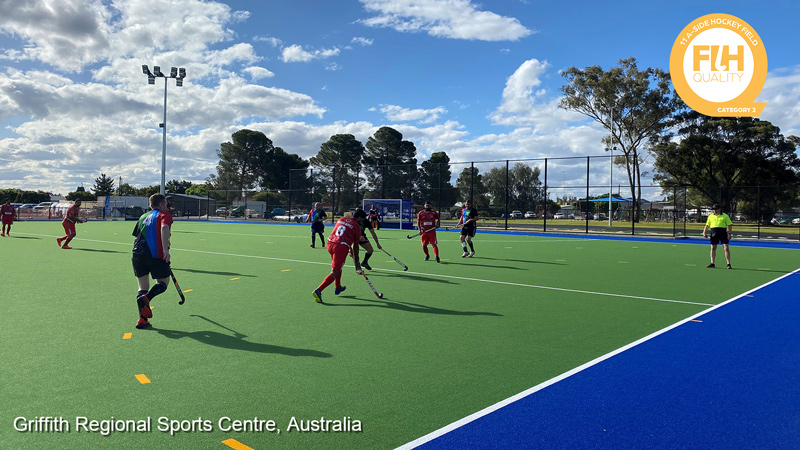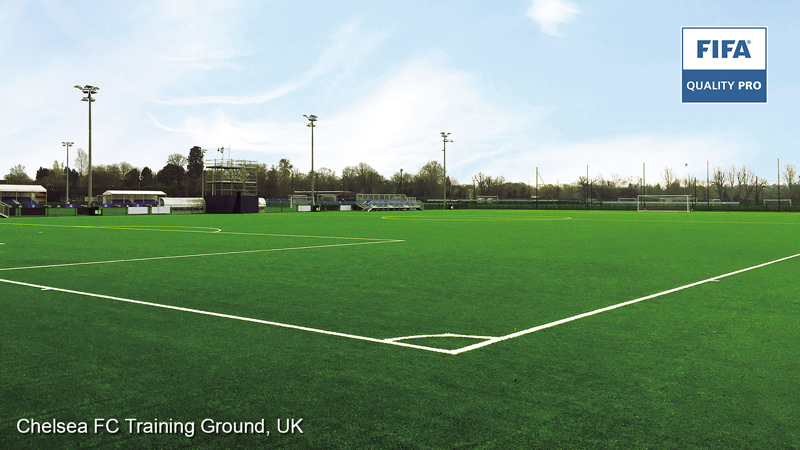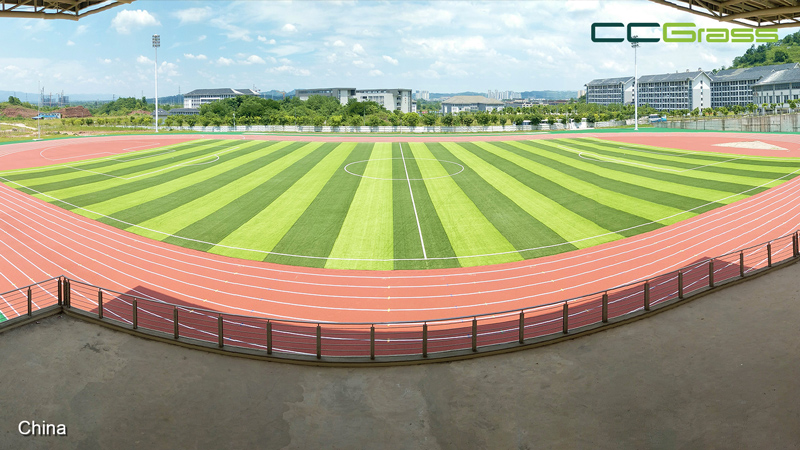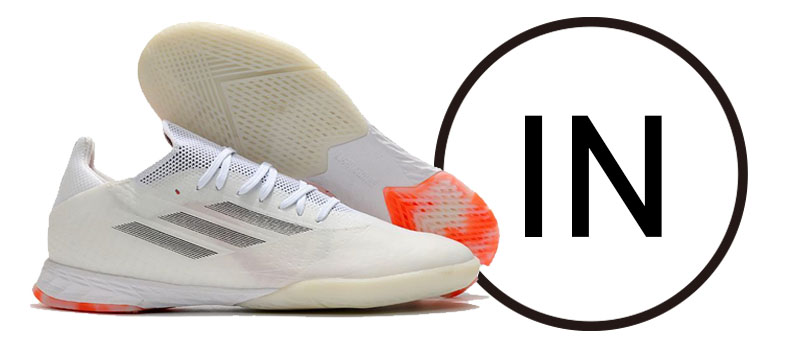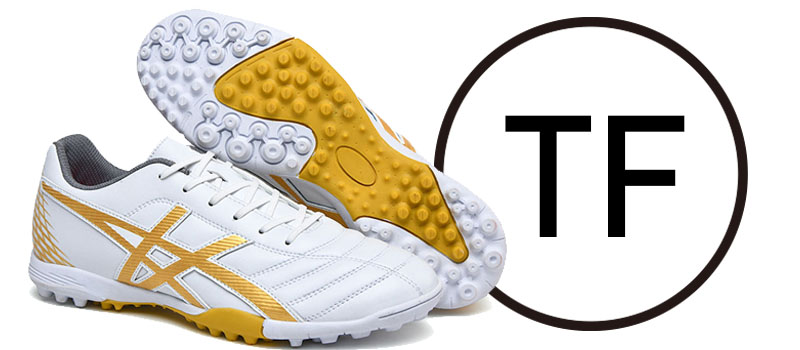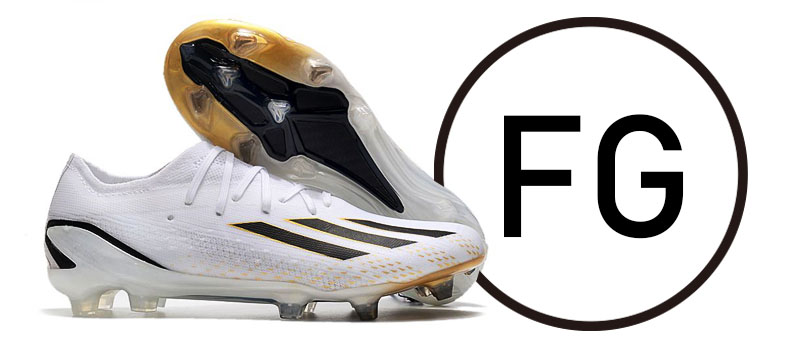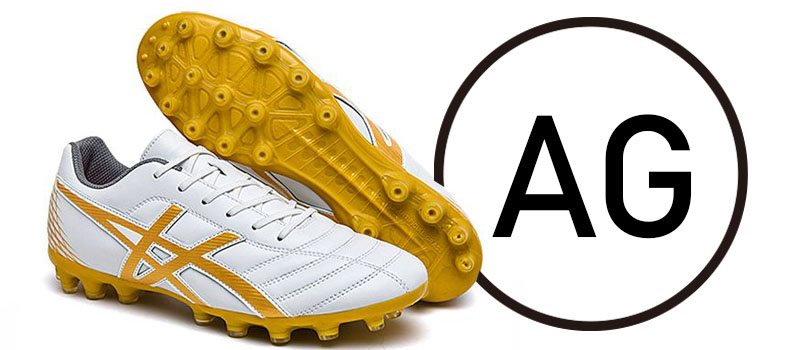Choosing the Best Soccer Turf Shoes for Artificial Grass Pitches
- 01/14/2025
Soccer cleats, soccer boots, soccer shoes—whatever term you prefer, they’re the heartbeat of the beautiful game. With many fields now covered in artificial grass, choosing the right soccer turf shoes is essential.
In this comprehensive guide, we cover everything from understanding artificial turf to selecting the best soccer turf shoes, along with tips for maximizing your experience on the field. Let’s get started!
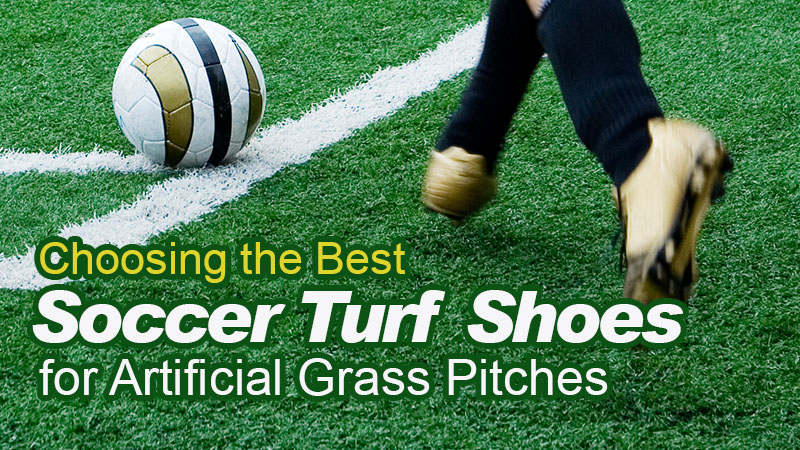
In this article:
Natural grass pitches vs. artificial grass pitches
Natural grass pitches
Natural grass pitches have long been favored by professional players for their softness and forgiving nature.
However, they are susceptible to weather conditions, prone to becoming waterlogged, muddy, or uneven, which can affect gameplay and increase the risk of slips and falls.
Moreover, maintaining natural grass pitches requires significant resources, both in terms of time and money, to ensure they remain in playable condition.
Artificial grass pitches
Artificial grass pitches are indeed gaining popularity for their increasingly advanced surfaces over time. They offer a reliable and consistent playing field regardless of weather conditions.
For clubs, schools, and communities with limited budgets, the appeal lies in their cost-effectiveness, requiring minimal maintenance and providing extended playing hours compared to natural fields.
Additionally, these synthetic pitches closely mimic the appearance and playing characteristics of natural turf, making them a durable and visually pleasing option for athletes at all levels.
Types of synthetic grass pitches
Artificial turf fields come in various types, each with its own characteristics and playing experience. Below, we explore different types of synthetic grass surfaces and their features.
2G pitches
- 2G stands for Second Generation synthetic surfaces, consisting of synthetic turf and sand infill, with pile heights typically between 13mm and 25mm.
- These surfaces are either sand-dressed or sand-filled, with newer partially sand-dressed systems gaining popularity.
- Perfect for sports like hockey, tennis, and recreational sports due to their firmness and consistency.
3G pitches
- The most popular and widely used type of artificial pitch is the Third Generation (3G) synthetic surface.
- 3G pitches consist of artificial grass, sand infill, and performance infill, with pile heights ranging from 40mm to 60mm.
- Primary sports played on these surfaces include Soccer, Football, Rugby, and Baseball.
- Sometimes, a shock pad is installed to meet performance and testing criteria, such as FIFA, World Rugby, and RFL standards.
4G pitches
- Fourth Generation (4G) surfaces consist solely of synthetic turf, eliminating the need for any infill materials.
- A newer innovation that meets performance standards without infill, but faces challenges in long-term performance and safety compared to 2G and 3G systems.
- Ideal for indoor spaces due to low maintenance and suitability for controlled environments.
Key factors in choosing artificial turf shoes
Regardless of the sport, several general considerations apply when choosing sports shoes for synthetic turf:
Traction: The traction of sports shoes depends on their studs. For artificial turf, choose shoes with multidirectional studs or cleats (without sharp edges) for excellent traction. The studs should be shorter and more numerous compared to those used on natural grass to prevent excessive grip and potential injuries.
Cushioning and comfort: Adequate cushioning is essential to absorb impact forces and reduce fatigue during prolonged periods of play. Choose shoes with ample cushioning in the midsole and heel, as well as supportive features such as arch support and ankle stability.
Ankle protection: When playing on synthetic turf, ankle support is crucial to minimize sprains. High-top boots offer superior ankle support, especially on pitches with rubber granules, as they effectively prevent discomfort from small particles. In contrast, low tops offer convenience but lack the adequate support.
Breathability: Shoe material significantly affects breathability. Natural leather is more breathable than synthetic materials like PU leather, while microfiber offers better breathability. Look for shoes with breathable mesh panels or perforations to enhance air circulation and moisture wicking, reducing discomfort and foot odor.
Flexibility: Shoes designed for artificial turf should offer sufficient flexibility to accommodate the movements and sudden changes in direction typical of sports played on these surfaces. Avoid shoes with overly stiff soles that restrict natural foot movement.
While this guide focuses on soccer, the same principles apply to other sports played on synthetic turf. For example, baseball shoes often have cleats designed for sprinting and quick directional changes, while tennis shoes prioritize lateral stability and a durable outsole for rapid stops and slides.
Soccer turf shoes for artificial grass pitches
There are four main types of boots suitable for soccer turf pitches: indoor shoes, molded cleats, turf shoes, and specialized artificial grass boots. Let’s explore the pros and cons of each:
Indoor shoes
Tailored for indoor soccer, typically played on hardwood or PVC surfaces, these boots feature rubber flat soles with traction-enhancing patterns. Indoor shoes are generally compatible for use on artificial turf pitches as long as the surface is dry. However, they may lack sufficient traction on wet surfaces, posing a risk of injury.
Turf shoes
Turf soccer shoes (TF) are perfect for short-cut turf surfaces. With their rubber outsoles adorned with closely spaced short rubber studs or small blocks, they evenly distribute pressure for joint comfort and superior traction. Ideal for 2G artificial turf like sand-based or water-based surfaces, TF shoes may not be suitable for intense contact matches due to the risk of twisting.
Firm ground boots/ molded cleats
FG cleats typically feature non-removable studs made of PU or TPU, with occasional use of rubber. The studs are usually shaped like blades to enhance grip and stability or rounded to improve rotational agility.
These boots are primarily designed for firm natural grass fields but can also perform adequately on high-quality synthetic grass with long fibers when equipped with rounded FG studs.
Artificial grass boots
Specifically crafted for synthetic pitches, artificial grass (AG) boots feature shorter, hollow studs that improve grip and reduce impact on joints. These boots excel on 3G and 4G pitches, providing superior stability, comfort, and playability.
For those who frequently play on artificial grass, investing in a quality pair of artificial grass boots is a smart decision. They not only improve the playing experience but also contribute to better performance and long-term safety on the field.
Best soccer turf shoes: A quick summary
Choosing the right soccer shoes depends on understanding the pitch surface and matching it with the appropriate footwear. Here’s a concise overview to help you make the best choice:
| Artificial grass surface | Surface characteristics | Best soccer shoes | Key features |
| 2G Pitch | Short-pile turf (<24mm) with sand-based or dressed surfaces | Turf Shoes (TF) | Small, closely spaced rubber studs for even pressure and traction |
| 3G Pitch | Long-pile turf (40–65mm) with sand and rubber infill | Artificial Grass Boots (AG) | Short, hollow studs evenly distributed for grip and shock absorption |
| 4G Pitch | Dense synthetic turf with no infill required | Artificial Grass Boots (AG) | Lightweight design with short studs, offering excellent stability and comfort |
Tips for soccer turf shoes on artificial grass
How footwear can impact your synthetic turf experience? Here are some practical tips to ensure your soccer turf shoes deliver optimal performance on artificial grass pitches:
Wear the right shoes
Besides what was discussed earlier, wearing the right artificial grass soccer cleats is also beneficial for 3G type of turf. Studs help to lift grass fibers and keep the infill a little more mobile, whereas flat soles, simply do not.
Wear clean footwear
Even though most pitches are well-maintained, every detail counts. So, knock off any mud or loose grass from your footwear before entering the surface. This is especially important if the synthetic pitch is surrounded by natural grass, and players may run on the outside area, before entering the fenced pitch. We often see more evidence of mud around the pitch gates than elsewhere, and this can lead to drainage issues.
Knock loose rubber from your boots
A common complaint of synthetic turf pitches is the loose black particles that seem to get everywhere. New pitches will often have grates and bushes by the pitch entrance to ensure none of these little black bits leave the area. You can help by simply banging your foot on the ground to loosen any bits and by running your hand over your boots to knock any remaining bits to the ground.
For 2G pitches, especially hockey, the development of artificial grass shoes is a little more advanced, but the top 2 tips still apply.
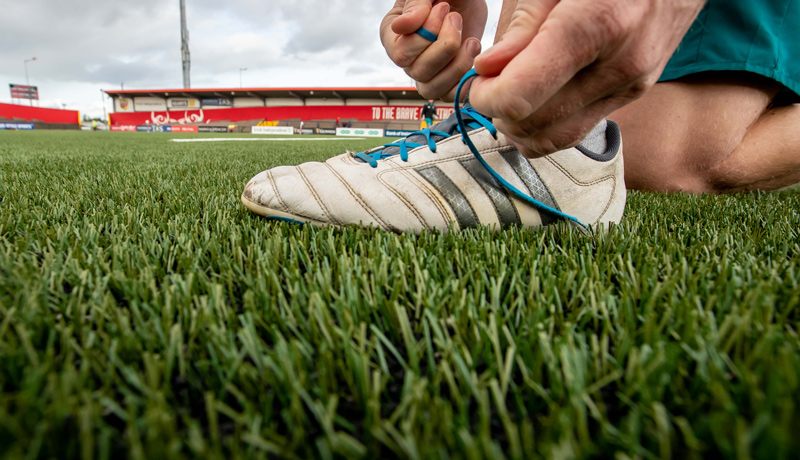
Conclusion
In conclusion, the future of soccer shines brightly on the horizon of artificial grass pitches. Whether you’re a professional athlete or a weekend enthusiast, investing in the right soccer turf shoes ensures you’re always prepared to perform your best on the pitch. So, gear up, embrace the trend of artificial grass, and let your skills shine on the cutting-edge canvas of modern soccer.



